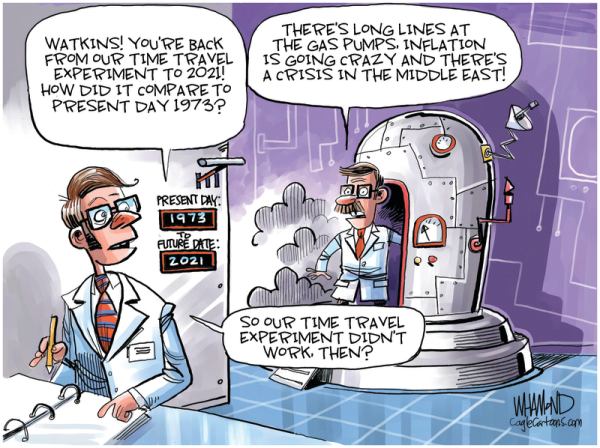For Jews, Friday was the first night of Passover, a family-centric holiday that recounts the biblical story of the Exodus of the ancient Israelites from Egypt into the Promised Land. For me, it's a reminder to appreciate what we have – and how we stand on the shoulders of those who came before us.

For Christians, today is Easter – the holiday honoring Jesus's resurrection.
The overlap can be seen in DaVinci's Last Supper, a Passover Seder, and Jesus's last meal before his Crucifixion.
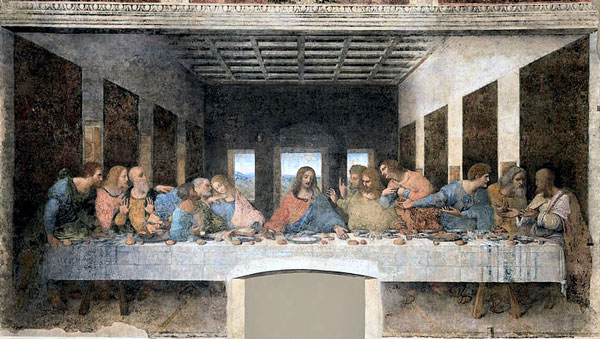
For Jews, a notable part of the ritual dinner is recounting each of the ten plagues inflicted upon Biblical Egypt and saying, "Never again."
Last year, I joked that maybe COVID-19 should be added to the list.
And, just like the Jews making it through slavery, the plagues, and 40 years wandering through the wilderness and desert before entering the Promised Land … We are finally approaching the promise of life post-COVID.
Of course, other global events remind us that while the world and our capabilities continue to improve and expand … human nature stays maddeningly the same.
With the coming of spring, the return to normalcy, and the reminders from the stories of Exodus and Easter - it's a great time to do a mental and physical "spring cleaning". Mine your experiences for the things you want to keep doing (or continue not doing) as things go back to "normal".
Hope you celebrated with family, food, and a reverence for all the blessings around you.


 via
via 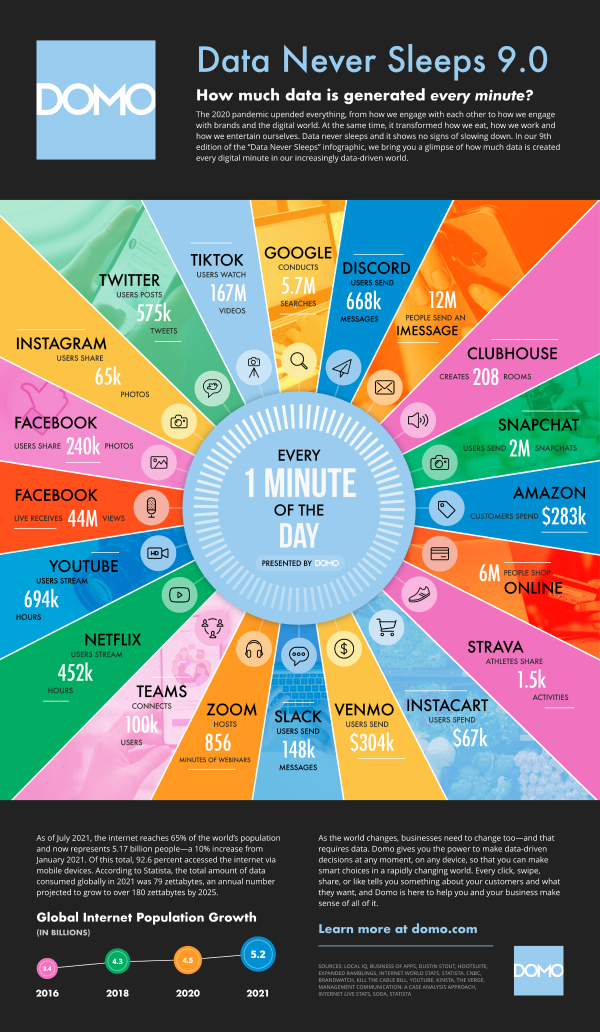

 '
'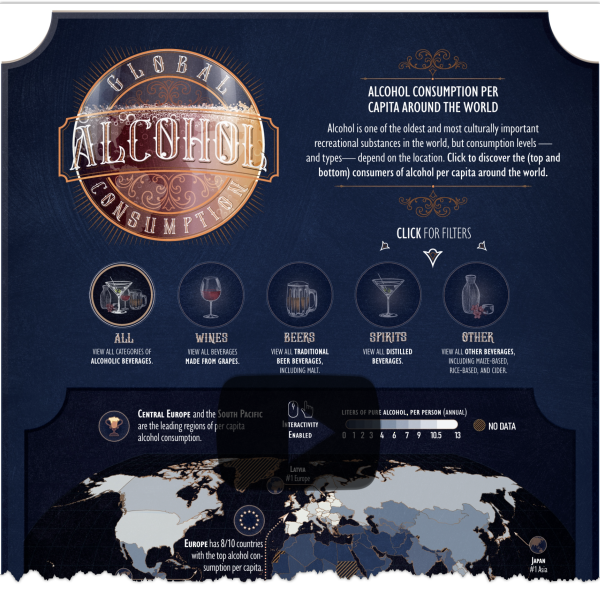 via
via 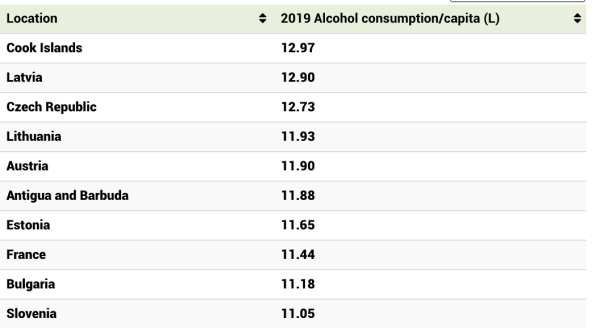 via
via 
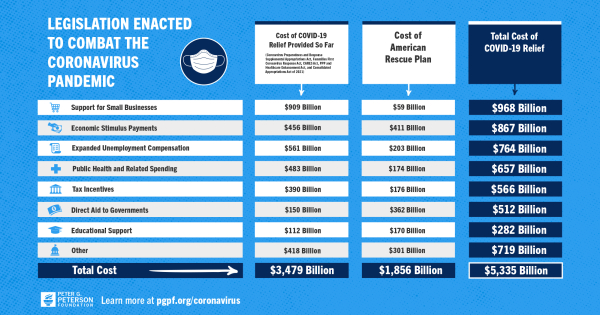 via
via 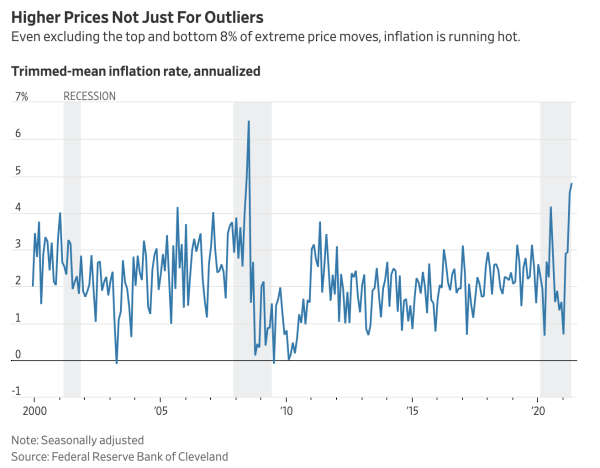 via
via 